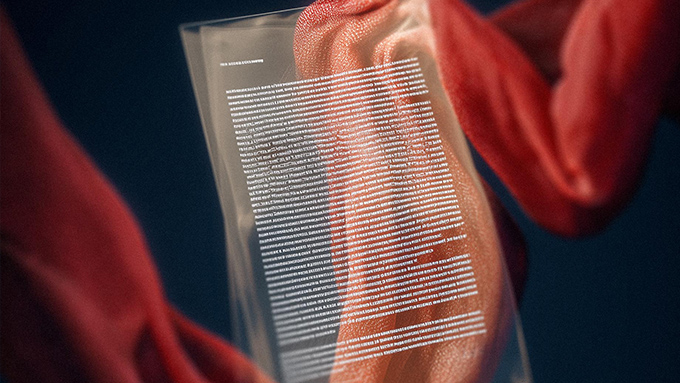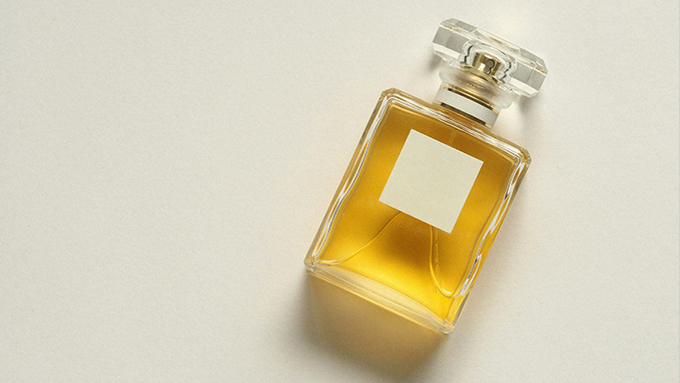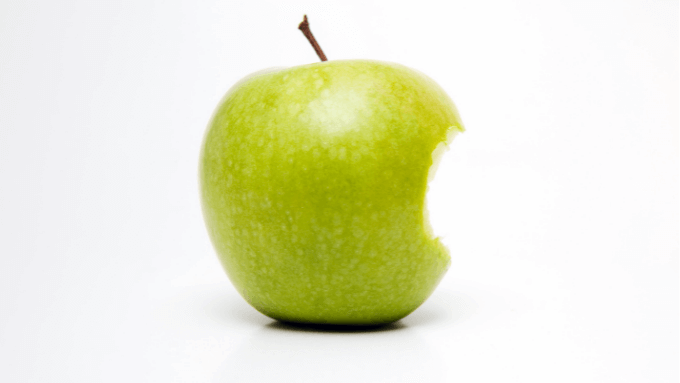Trade Mark Rights under Industrial Property Law
Introduction
Trade marks, in the classical definition as stated in Industrial Property Law No. 6769 (“Law” entered into force on 10 January 2017, means the signs that distinguish the goods or services of one enterprise from the goods or services of another enterprise. Trade mark rights under the Law are examined in this study, including the latest amendments to the same.
Signs of which Trade Marks May Consist
The scope of the signs of which a trade mark may consist is limited by Article 4 of the Law in accordance with Article 3 of Directive (Eu) 2015/2436 of the European Parliament and of the Council (“EU Trade Mark Directive”) with the criteria of “being able to be represented on the register.” The mentioned criteria was set forth in a more limiting manner in the former Decree Law Concerning Protection of Trade Marks No. 556 (“Decree”) as “being able to be represented on the register by drawing.” Herewith, the continuing discussions in the doctrine as to the ability of registration of certain signs, such as smell and sound, have been resolved in accordance with the EU legislation.
Trade Mark Types
Trade marks are classified as individual, collective, and guaranteed trade marks as to the owners of the trade mark rights.
Individual Trade Marks
Individual trade marks are the classical trade mark type as included in the definition, above. In this context, individual trade marks consist of trade marks owned by one real or legal person, and the trade marks are subject to joint or common ownership.
One of the most significant amendments introduced to the trade mark right is the possibility to register a trade mark similar to a previously registered trade mark through submission of the notarized consent of the owner of the such trade mark. Within such concept, together with Article 5/3 of the Law, the will of enterprises to use, collectively, trade marks is acknowledged and protected.
Collective Trade Marks
Collective marks means the signs distinguishing the goods or services of the members of a group from the goods or services of other enterprises. Even the Law is not prescribed types of collective trade marks. In practice, collective trade marks are applied under two types.
Membership trade mark means trade marks that are used by the members of an association. “The American Automobile Association” and “Marmarabirlik” trade marks are the classical examples given in the doctrine under membership trade marks.
The second type of collective trade marks signify the source of the goods or services that are used by independent enterprises. For example, the cookies that are sold by the Girl Scouts are signed by the trade mark “Girl Scout.”
Guarantee Trade Marks
A guarantee trade mark is the sign guaranteeing that the goods or the services are being produced in accordance with the technical specifications under the control of the guaranteeing mark owner. In order to prevent the usage of the guarantee trade mark in a manner that misleads the public, the usage of guarantee trade mark by the enterprises that are economically dependent upon the guarantee trade mark owner is prohibited. Likewise, the usage of a guarantee trade mark by a guarantee trade mark owner is prohibited, and the duty and authorization of the owner is limited to ensure the usage of a guarantee trade mark in accordance with the technical specification.
Application Process
Each and every application may only contain the sign of one trade mark. The goods or services that are subject to such application are subject to classification established by the Nice Agreement Concerning the International Classification of Goods and Services.
Following the submission of the application, it is subject to examination with regard to procedural criteria and absolute grounds for refusal. Following the completion of such examination, the application will be published in the Journal, and will be subject to objection of third parties for two months as of the publication date. The mentioned objection term was prescribed as two months in the former Decree, and is shortened under the Law. In the event of the non-existence of any objection or denial of raised objections, the trade mark shall be registered.
Absolute Grounds for Refusal
Absolute grounds for refusal, independently from any owner of a prior-registered trade mark or trade mark application, define the signs that cannot be registered as a trade mark. Absolute grounds for refusal are regulated under Article 5 of the Law. Accordingly, signs that are not representable in the registry, or which are not distinguishing, or regional signs and other signs regulated under Article 5, are deemed as absolute grounds for refusal.
Relative Grounds for Refusal
In the event of occurrence of relative grounds for refusal regulated under Article 6 of the Law, the trade mark application shall be denied upon the objection of the right owner.
Rights Conferred by Trade Mark
A trade mark right is subject to a protection term of ten years. A renewal application may be initiated within six months prior to the extension of the protection term provided that the requested renewal fee is deposited. Renewal and, accordingly, the protection term of trade marks are unlimited. In the event of renewal, the protection term of ten years begins again.
Infringement of Trade Marks
The Law classifies infringement actions under four groups. Accordingly:
- Usage of trade marks within the rights granted to the trade mark owner without permission of the trade mark owner;
- Imitate the trade mark through using the same or similar sign without the permission of trade mark owner;
- To sell, distribute, commercially use, import, export to hold the goods bearing the trade mark used through infringement for commercial purposes, or to make offers to execute agreements with regard to the same; and
- To expand or to transfer to a third party the license right granted by the trade mark owner constitutes infringement of a trade mark.
Penalty Terms for Infringements of Trade Marks
The Law regulates certain penalties for the infringements of trade marks registered in Turkey. Please refer to the Article 30 for the judicial fines and prison penalties regulated for the infringement actions.
The Law prescribes an effective repentance term for the persons who expose the goods produced imitating the trade mark for sale, or for sale in the event that such person asserting the source of such goods, or ensures that the persons producing such goods be revealed, and seizing such goods, and the penalty terms shall not be applied.
Lawsuit on Negative Clearance
Any and all persons who have an interest may demand from the right owner to submit its opinions as to whether the commercial or industrial activities conducted, or to be conducted, are forming an infringement upon such owner’s trade mark right.
In the event of no response by the right owner within one month as of the notification of such demand, or in the event of non-acceptance of the answer by the interest owner, the interest owner may initiate a lawsuit as to whether the subject activities form an infringement. However, notification of such demand is not stipulated as a condition of such a lawsuit.
Compensation
Persons committing the infringement actions on the trade mark rights are obliged to compensate the right owner. Damage suffered by the right owner consists of the material loss and loss of profit.
Loss of profit is calculated according to one of the following methods depending on the preference of owner of the right:
- The potential income that the owner of the right may generate in the event of absence competition of the person infringing the trade mark right;
- The income generated by the person infringing the trade mark right; or
- License fee that should have been paid in the event of usage of such right legally through a license agreement.
Termination
A trade mark right terminates in the events of invalidity, revocation, withdrawal and non-renewal.
Invalidity
In the event of existence of absolute or relative grounds of refusal, the interest owners, public prosecutor, or related public institutions and organizations may initiate a law suit against the trade mark right owner.
If the invalidity grounds are related to a certain part of goods or services subject to trade mark registration, partial invalidity shall be decided.
However, in the event the trade mark owner actually knows or should know the usage of a later dated trade mark for five years, the previous trade mark may not be claimed as being invalid unless the later dated trade mark registration is malicious. The decision on invalidity voids the protection from the very beginning.
Revocation
In accordance with the EU Trade Mark Directive as to the foresight of an administrative procedure with regard to revocation of trade marks, the Law regulates an administrative procedure of revocation that is regulated under Article 26 of the Law. However, the mentioned article will enter into force seven years later, and such procedure will be conducted by the courts for seven years.
In the event of non-usage of a trade mark in Turkey for five years, the trade mark becomes a common name for the goods or services for which the trade mark is registered, or for misleading the public as to the qualifications, quality or geographical source of the goods or services which the trade mark is registered for, revocation decision shall be given.
Additionally, in the event of usage of guarantee and collective trade marks contrary to the technical specifications, the revocation decision shall be given.
Revocation demands are notified to the trade mark right owner. The trade mark right owner submits his evidence and answers within one month. An additional term for evidence and answers may be granted upon the trade mark right owner’s demand.
A revocation decision shall be effective as of the date of revocation demand.
Non-renewal and Withdrawal
In addition to the above explained reasons of termination, the trade mark right terminates in the events that (i) expiration of the term of protection and non-renewal of trade mark, and (ii) withdrawal of the trade mark by the trade mark right owner.
Another issue to be addressed as to the withdrawal is the requirement of permission of the persons having registered the right on the trade mark, if any. Likewise, in the event of existence of precautionary measures registered on a trade mark, the permission of the persons requesting such precautionary measure is also required for withdrawal of the trade mark.
Evaluation
It is aimed to shorten the terms with regard to the registration process and compliance with the European Union legislation, together with the Law. Accordingly, the public display period for trade marks is reduced to two months from three months, the scope of signs that may be registered as trade marks is expanded, as well as the possibility of usage same or similar trade marks through the consent of the owner of a previous trade mark. Additionally, the revocation procedure shall be conducted by the courts for seven years, and following the extension of such term, this procedure shall be conducted by the Turkish Patent and Trade Mark Office. Additionally, the amendment concerning renewal time of trade mark prescribing the time as six months prior to the extension of term of protection, and will be applied as of 10 January 2018.
All rights of this article are reserved. This article may not be used, reproduced, copied, published, distributed, or otherwise disseminated without quotation or Erdem & Erdem Law Firm's written consent. Any content created without citing the resource or Erdem & Erdem Law Firm’s written consent is regularly tracked, and legal action will be taken in case of violation.








